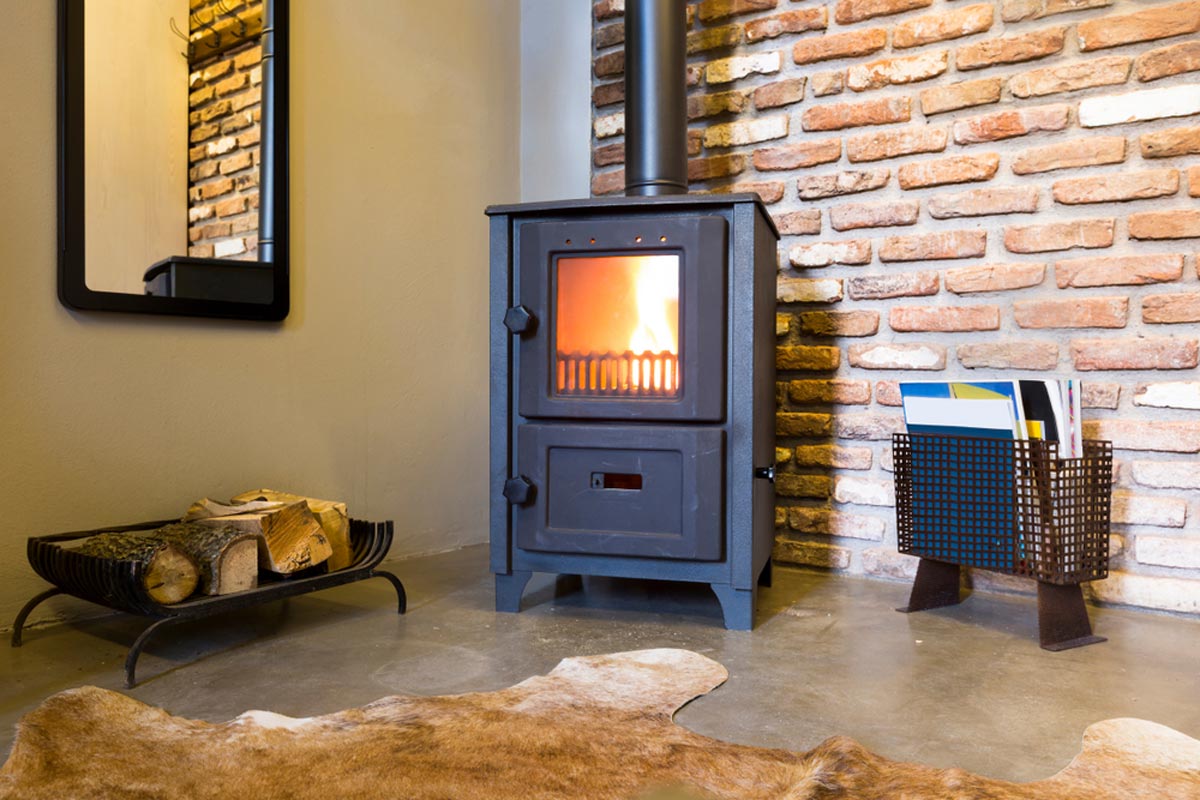The Cost of Stove Installation: Why It Is Beneficial to Contract a Professional
Setting up a fresh stove can be an thrilling step for property owners looking to improve their kitchen. A kitchen upgrade not only enhances the cooking experience but also enhances the overall look and utility of the residence. However, when it comes to installing a stove, the procedure can be complicated and varies significantly between gas and electricity-powered units. This is where enlisting a professional installer can make all the distinction.
While some may consider tackling the installation as a DIY project to cut costs, there are many variables to consider. From ensuring adherence with local standards and safety standards to averting costly mistakes, the expertise of a qualified individual cannot be overlooked. In this overview, we will explore the costs associated with putting in stoves, the intricacies involved in gas and electric stove options, and why it is beneficial to allocate resources in a qualified specialist for this crucial home improvement task.
Gas vs. Electric Stoves: Main Considerations
As you consider choosing among gas and electric stoves, one of the key considerations is cooking performance. Gas stoves are often favored by professional chefs and cooking enthusiasts for their immediate heat and precise temperature control, allowing for better culinary technique. Electric stoves, on the contrary, provide a consistent surface temperature, making them ideal for tasks like simmering. With the rise of induction technology, electric options have also evolved, offering quick heat-up times and energy efficiency while being more convenient to clean.
Cost is another critical factor when comparing gas and electric stoves. Gas stoves typically have a higher upfront cost due to installation requirements, such as linking to a gas line or providing proper ventilation. However, operating a gas stove can be less costly in the end, as gas prices tend to be reduced than electricity rates in many areas. Electric stoves, while usually cheaper to install, may incur higher electricity costs, based on usage and local rates.
Safety and maintenance must also be considered. Gas stoves require routine maintenance to check for gas leaks and ensure proper ventilation, which can be a significant concern for some residents. Electric stoves usually have fewer safety issues, but they can pose risks like electric shocks or heating element failures if not properly maintained. Ultimately, the decision between gas and electric stoves should be influenced by factors such as cooking preferences, costs, and safety considerations, ensuring homeowners make an informed choice that fits their needs.
Stove Installation Preparation and Process
Getting Ready for stove setup involves multiple crucial steps to ensure a hassle-free process. Initially, homeowners should assess the kitchen area to determine the suitable type of stove, whether gas or electric, based on their cooking preferences and requirements. Measurements of the designated area are essential, as they ensure that the new stove will be appropriately sized. Additionally, take into account the existing infrastructure in your kitchen, such as gas lines or electrical outlets, which may require upgrades before the installation can take place.
After the suitable stove is chosen, it's crucial to collect all necessary materials and permits, particularly for gas installations. Homeowners should check local stove installation codes and secure any necessary permits to comply with safety regulations. Setting up Modern stove installation involves clearing the area around the installation site to provide ample working space for the professional technician. This will not only facilitate easier installation but also safeguard surrounding surfaces from damage during the process.
Finally, the installation process itself can vary based on the kind of stove. For gas stoves, a licensed technician will generally handle the gas line connection, ensuring proper ventilation and preventing gas leaks. Electric stove installation typically involves connecting to the existing electrical outlet and confirming that the circuit can handle the load. Homeowners should expect installation to take a few hours, depending on any adjustments or upgrades required, and it’s recommended to allow the specialists to handle the installation to adhere to all safety standards.
Protection, Conformance, and Professional Help
When it comes to stove installation, safety is crucial. Gas stoves require specific precautions, including adequate ventilation and the installation of gas lines that meet regional codes. Employing a technician ensures that these safety measures are followed, reducing the risk of gas leaks and fire hazards. Professionals are trained to handle potentially dangerous situations, making your kitchen a safer space for your family.

In addition to safety, compliance with local regulations is crucial. Many jurisdictions require permits for stove installations, especially for gas appliances. A qualified stove installation specialist will be acquainted with these regulations and can handle the permitting process on your behalf. This not only saves you energy but also ensures that your installation meets with all local laws, avoiding costly fines or the need for corrections.
Ultimately, while DIY projects may seem tempting, the complexity and risks associated with stove installation make employing a professional a prudent decision. Specialists bring skill and experience, assuring that the installation is performed accurately and efficiently. This investment in expert help not only enhances safety and compliance but also provides peace of mind that your new stove will function effectively for a long time to come.